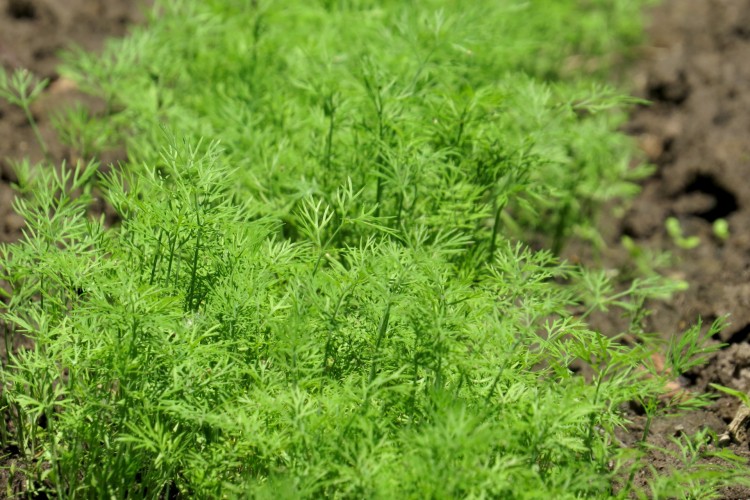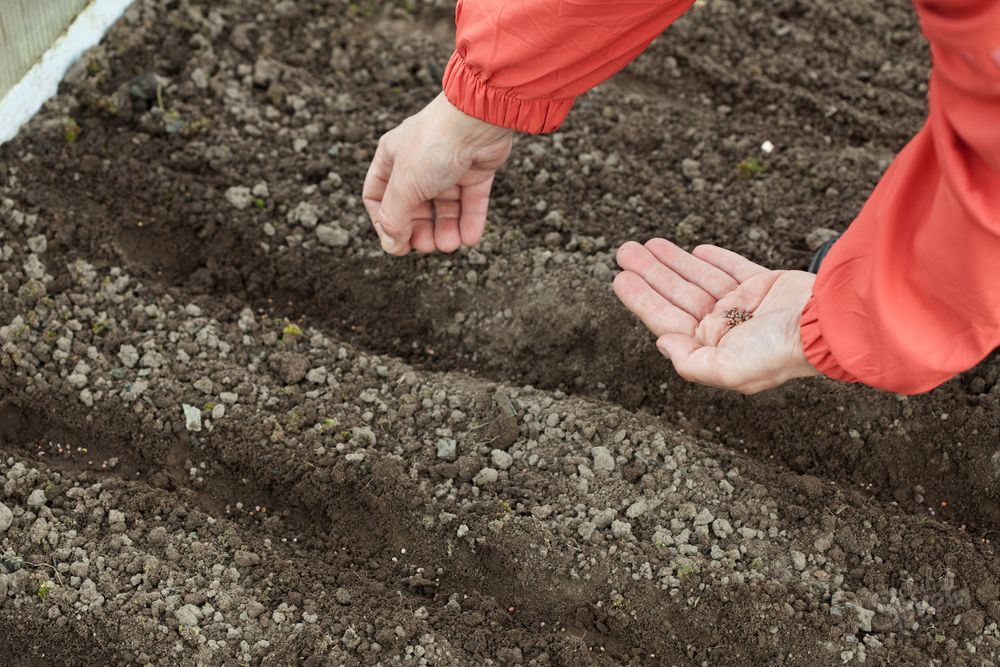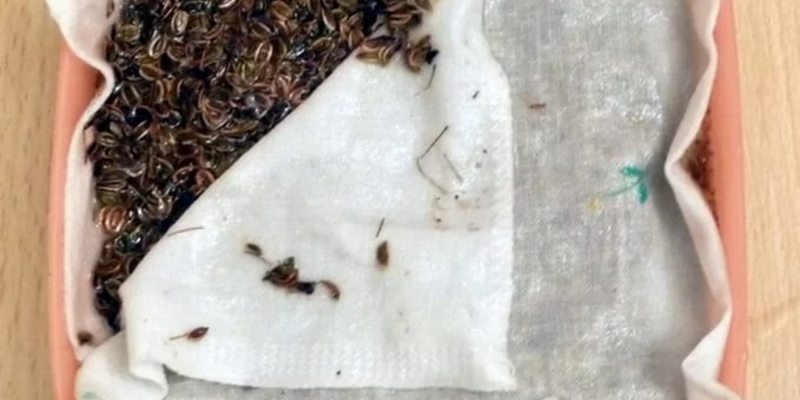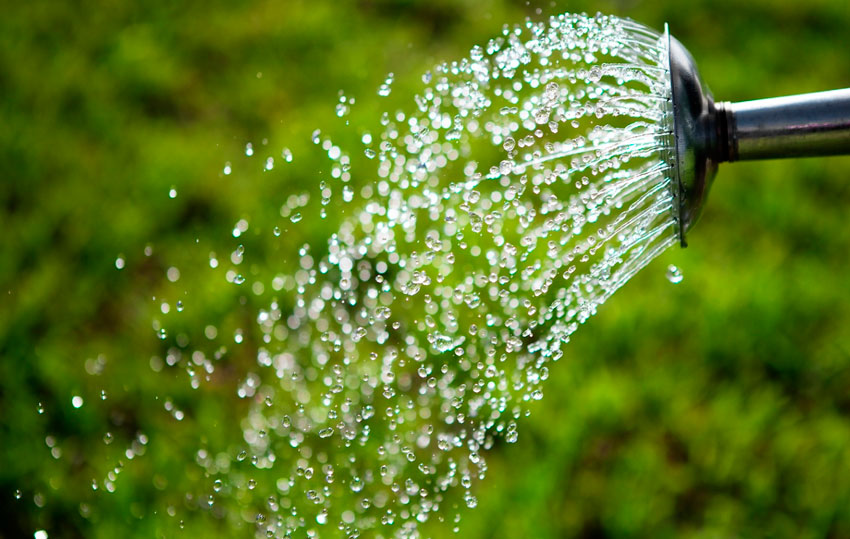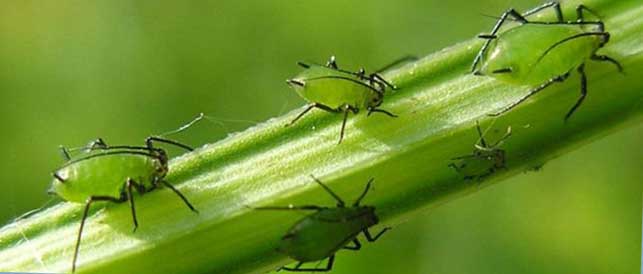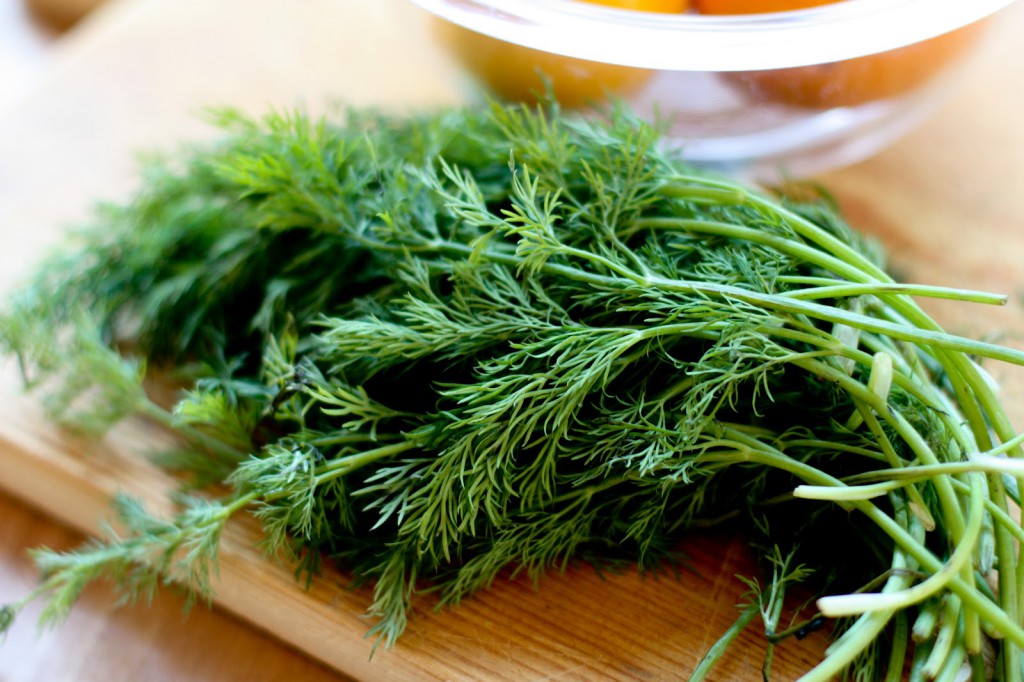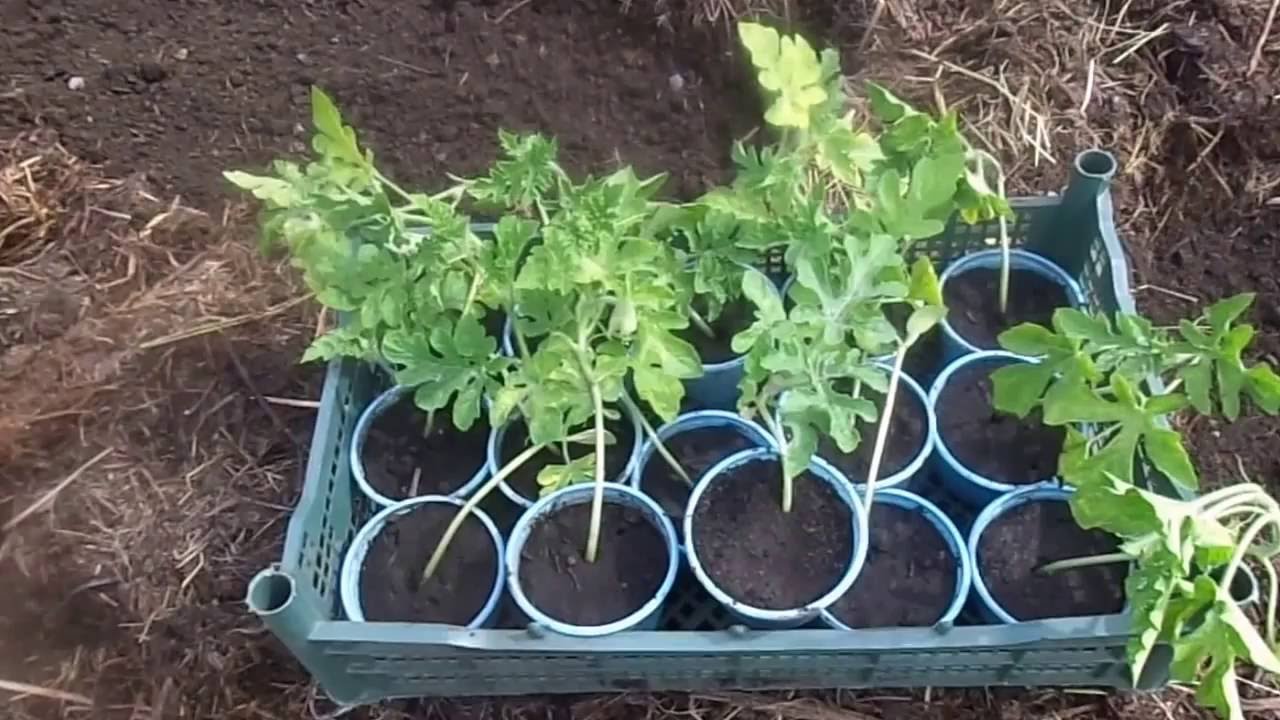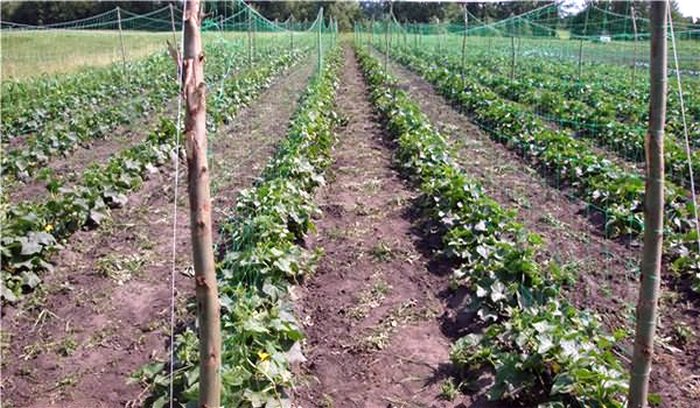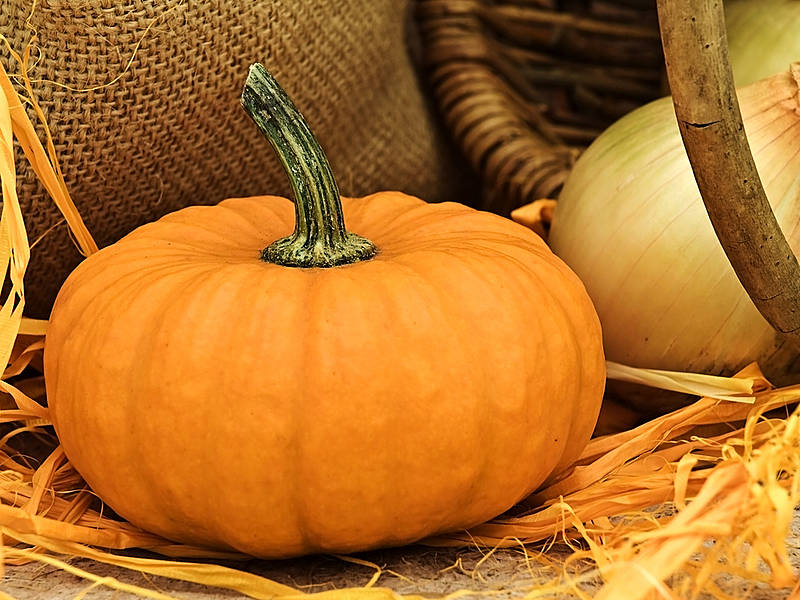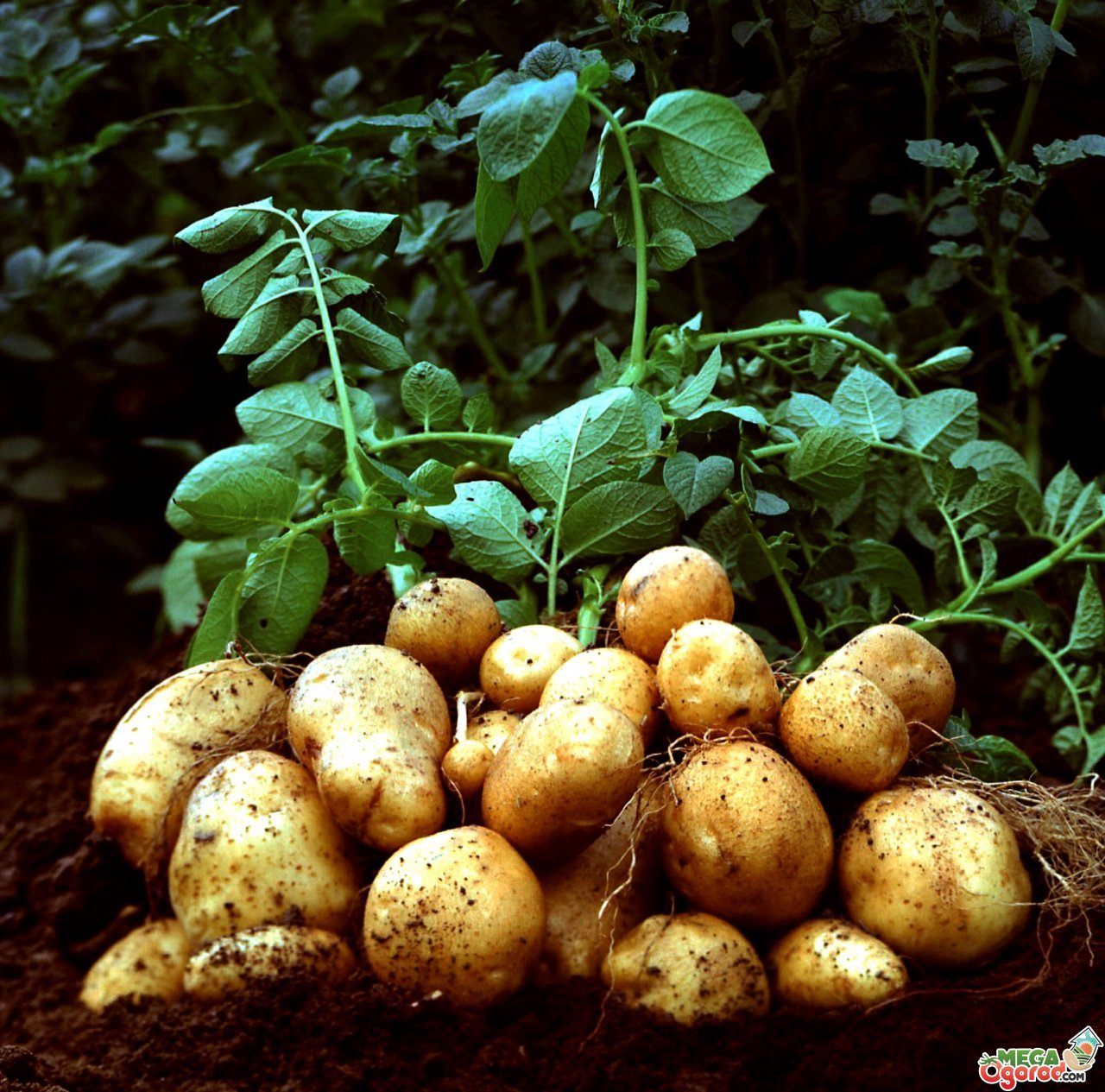Content:
Dill is a common herb. It is grown as an aromatic spice and also as a medicinal product. Dill is indispensable in the preparation of preparations, salads, first and second courses. It helps with digestive problems. The seeds have diuretic, bactericidal, sedative properties. They relieve insomnia.
It is believed that dill is unpretentious to care for, it can grow in warm regions and areas where the summer is cool with sudden changes in temperature. However, in order to achieve a high and high-quality harvest, proper care is necessary, you need to adhere to certain recommendations for agricultural technology.
Soil and place
In the Moscow region, dill can be planted in open ground as early as April. It begins to develop when the soil temperature is at the level of + 3 ... + 5 degrees Celsius. How to plant dill so that it sprouts well, is fragrant and lush? To do this, you need to choose the right soil.
Dill loves neutral soil. It should not be planted in acidic or alkaline soil. Loose, breathable, fertilized soil is ideal. The dill bed, as well as for other crops, is prepared in advance. The best time for this is autumn. The site is dug up, weeds, grass are removed, and abundantly fertilized with compost, manure, and bird droppings. The use of complex fertilizers is allowed.
Dill loves timely watering, but not waterlogging. Its cultivation should be in a place where there is no stagnant water. The aromatic plant develops best in a garden bed, which is illuminated by the sun. Planting a culture in partial shade is allowed. If a plant finds itself in a place where the sun's rays do not fall, then it withers away, not having time to grow. It is best to place the dill bed where there are no drafts.
Reproduction of culture
Dill reproduces very well by seeds. The plant blooms in June and July. The color of the flowers is yellow. After flowering, seeds are formed. Seeds ripen in autumn. One seed reaches 5 mm in length.
To propagate a crop, it is enough to collect seeds in August or early September, and plant them in the ground in April. The collection of material for planting is carried out as soon as the umbrellas have acquired a brown tint. This means the seeds are ripe. After collection, they are calcined in the sun, and then placed in the oven for 5 minutes. The temperature there should be 80-110 degrees.
Sowing dill with seeds
Before planting dill, you should decide on the variety.
There are three varieties of this spicy herb:
- Early (the plant can be eaten within a month after planting);
- Medium (ripening occurs in 45 days);
- Late (greens can be crumbled into salads 2 months after planting).
The peculiarity of early varieties is that they are not too fluffy. But they are ideal for growing at home. Among the places where you can grow culture at home: windowsill, balcony. Known early varieties: Gribovsky, Redoubt, Dalny.
Medium varieties include Max, Alligator, Richelieu.
Late varieties ripen late, but this dill is lush, gives a lot of greenery. Spicy grass will decorate the garden with green fluffy thickets. Late varieties: Salute, Patterns, Hoarfrost. Planting these varieties of dill can be carried out not only with seeds, but also with seedlings. The seeds are placed in small containers with soil mixture. Tara is left on the windowsill. An insulated balcony is suitable for seedlings. The seeds will sprout within a week and a half. After the bushes stretch up to 3-4 cm and get stronger, they can be transplanted to a permanent place in open ground or a greenhouse. It is fluffy dill that is most often grown commercially. Its sale brings good income.
Home treatments can be done to speed up seed germination. For example, the seed is wrapped in damp gauze and left for several days. The gauze must be constantly moistened with water, not allowing it to dry out. It is best to soak where it is warm. The optimum temperature for the procedure is about +22 degrees and above. Another way to speed up germination is to soak the seeds for 3 days in water that is in a glass jar.
Usually sowing of dill in the spring is carried out in April, but you can plant a crop at any time. Autumn, spring, summer are suitable. You can plant a spice in July, then in August or September there will be herbs from the garden on the table. Planting before winter is allowed. In this case, the seeds do not need to be soaked. The lunar calendar will help you choose the right day for landing.
Before planting dill, you need to prepare a garden bed. The soil is dug up, weed roots are removed. If the soil has been fertilized since autumn, no additional fertilization is required before planting.
There are some tips on how to sow dill so that it sprouts quickly:
- The soil should be rich in organic fertilizers. The best option is to add humus to the soil in spring or autumn. Quantity - one bucket per 1 square meter of land;
- In spring and autumn, seeds are planted that have been previously soaked in water or damp gauze;
- The landing site should be on the sunny side of the garden;
- Before sowing dill, the garden bed is well moistened and left for several days to let the soil settle down a little.
Dill planting process
In the spring
Dill can be planted on any garden bed: simple, mobile, high. Planting dill in open ground with seeds in spring takes place after prolonged frosts. The ridge needs to be shed and loosened. Further, shallow holes are made on it. It is most convenient to make them with a stick, which is placed on the garden bed and pressed a little into the ground. The entire area of the bed should be lined with these furrows, the distance between them is 20 cm.The optimal width of one furrow is about 5-7 cm.If a late variety sits, then the distance between the holes increases to 25-30 cm.
The seeds are covered with earth, which is slightly compacted. There is no need to water immediately after planting so that the soil is moistened beforehand. Otherwise, the water can further deepen the seeds, which will be difficult to grow. No special care for the seedlings is required. For several days the garden is not watered. As soon as the first bushes appeared, the planting must be thinned out.
Summer
How to plant dill in open ground with seeds in summer? The planting process is exactly the same as in the spring months. In general, in the summer, the culture can be planted every two weeks. It is convenient to do this if the dacha is located near the house. Then fresh herbs will be on the table for the whole season. It is allowed not to allocate a separate bed for greenery. Dill can be planted in a free area of areas where onions, cucumbers, cabbage or other vegetables grow.
Experienced gardeners know that planting dill in summer should not be carried out in a greenhouse, only in open ground. Otherwise, the spice may lose some of its aroma.
Another condition concerns seed soaking. Before sowing dill, the seed must be soaked. This will greatly speed up germination. The seeds will sprout in 4-6 days. Seedlings from dry seeds would have to wait more than two weeks.
In autumn
How to sow dill correctly before winter? The procedure is especially popular among gardeners. Thanks to this method, fresh herbs can be tasted at the end of April. If the climate is Leningrad, then winter dill will ripen in May. The culture tolerates winter without problems. As soon as the soil starts to warm up, the seeds begin to germinate.
The right time for planting before winter is the end of September, October.
Landing rules:
- Before planting dill in the fall, it must not be soaked. The seeds must be dry;
- For one square meter, 2 grams are taken. seeds. They are planted quite often;
- The soil should be fertilized with humus;
- Sowing takes place to a depth of 3-5 cm. The distance between seeds is 3 cm;
- The seeds are sprinkled with loose earth, and then mulched. Sawdust, hay are suitable as mulch. It is better to cover the bed with a film. In the spring, as soon as the snow melts, the air temperature will rise to +5 degrees, the garden will have to be opened.
Care
How to grow dill? This will not take much time. Proper care is important. It is believed that spicy herb care is quite simple. However, a minimum set of measures must be taken.
Dill should be watered once a week. If the weather is hot, then the procedure is carried out several times every 3-4 days. This plant, like parsley, adores moisture, but does not like waterlogging of the soil. Therefore, plantings should not be flooded with water too abundantly and often.
The bed must be loosened so that oxygen flows to the roots of the plant. It is best to loosen the soil after watering or rain. You can combine loosening and weeding. It is necessary to get rid of weeds on a dill bed constantly. Weeds may cause the crop to grow and develop more slowly. In addition, they make the soil too dense, water is retained in it, and oxygen access is limited to the roots.
Thinning is carried out not only immediately after germination, but also throughout the growing season. Dense plantings of dill negatively affect its development.
Dill can grow well without special feeding if manure, humus, chicken droppings or other organic matter were introduced into the soil before planting. If the owner of the site noticed that the dill is growing slowly, then the culture can be additionally fed.
To provide the plant with nutrients, it is watered under the root with a solution of nitrophoska. You can treat the area of the garden with urea or complex fertilizer, which are sold in specialized stores.
Despite the fact that the spice develops well in sunlit beds, it does not tolerate heat and heat. The spicy herb wilts, withers and may even die. If the summer is too hot, then you should take measures to protect the dill. A self-made canopy is arranged over the bed, creating a shadow.A film is suitable as a covering material.
Dill, like other plants in the garden, can be attacked by pests. The most common pest of dill is aphids. Experienced gardeners are advised to fight this insect with simple means and stop using chemistry. The fact is that dill can absorb chemical agents very quickly. It is dangerous to eat such dill.
Folk remedies for the destruction of aphids on dill:
- Nettle infusion. The nettle is filled with water and left for several days. This solution will not only remove the pest, but also feed the culture;
- Orange infusion. It is made from water and oranges. You can use tangerines;
- Ash infusion. Ashes are poured with boiling water. Then pieces of laundry soap are added there. The infusion is kept for 24 hours;
- Onion infusion. A well-known remedy for various pests, including aphids. Onion skins are placed in hot water and infused for two days.
Harvesting
Harvesting for food is carried out after the dill bushes have reached a height of 10-20 cm. They are carefully cut with scissors. You can lightly spray the bushes with water from a spray bottle before collecting.
It is recommended to cut the greens and carry them into the house in the morning, when it is not too hot, but the dew has already dried.
Dill is an unpretentious culture. A beginner can grow it in the garden without any problems. The main thing is to water, weed, loosen on time. The spicy herb will add a rich flavor to various dishes.
